The Feather Wing powers both the LEDs and the Adafruit Feather Huzzah (there is a 5V regulator on the back), so there is no need to split the power supply for both boards. You'll need to use a 9V/12V and 2A source.
Also, the blue & red LEDs can be individually controlled through GPIOs 15 & 16 of the Feather.
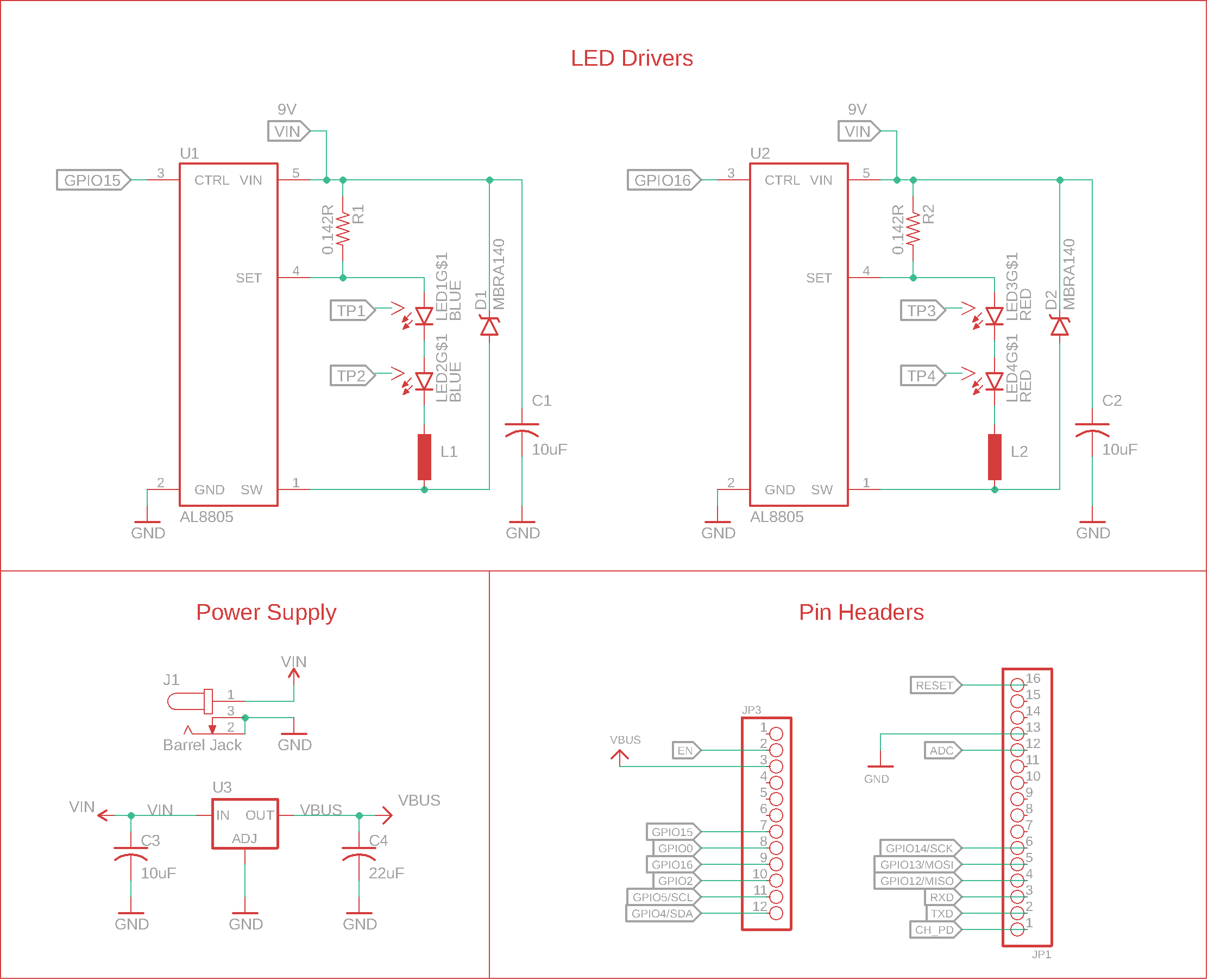
 Alexandra Covor
Alexandra Covor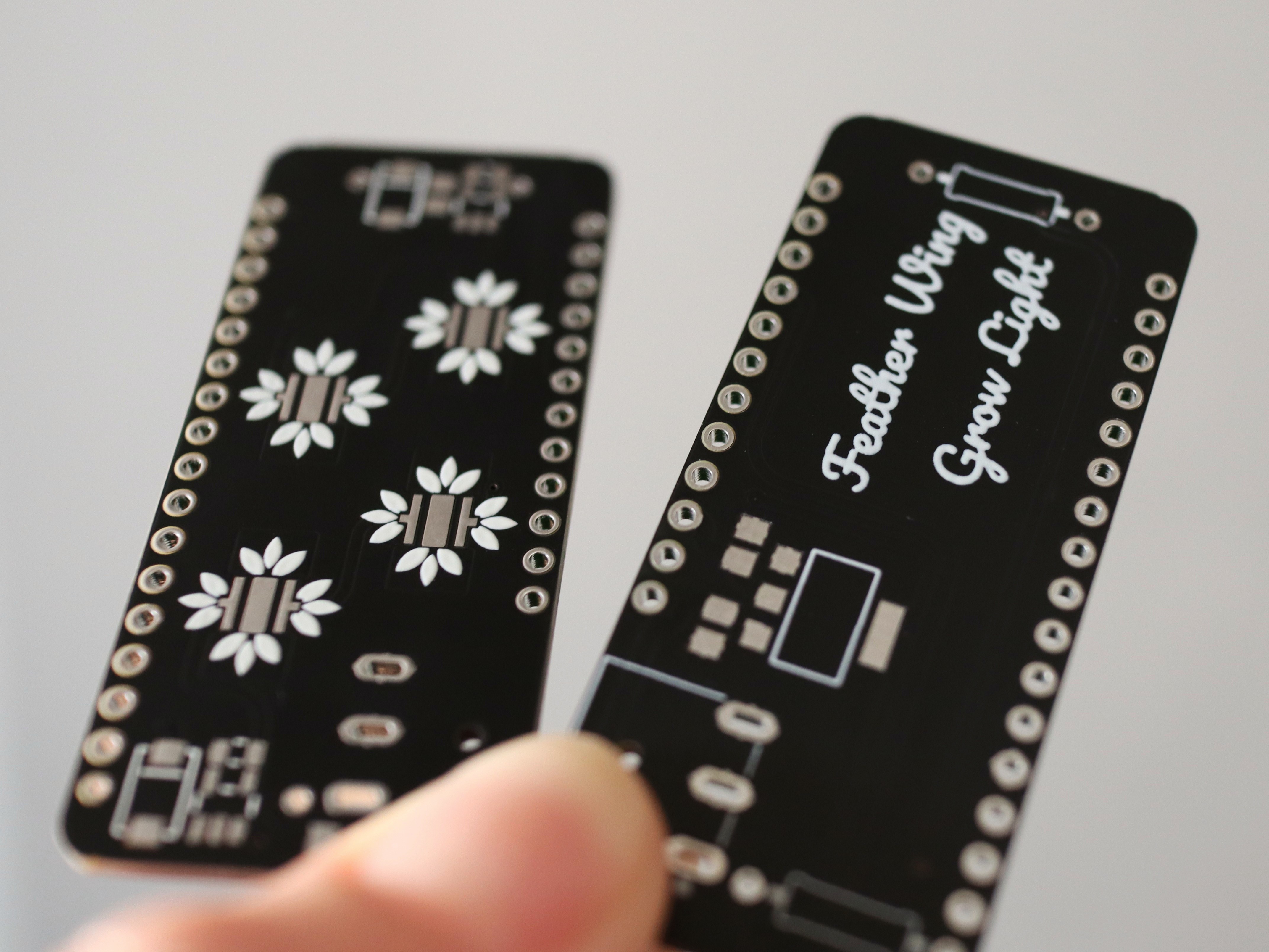

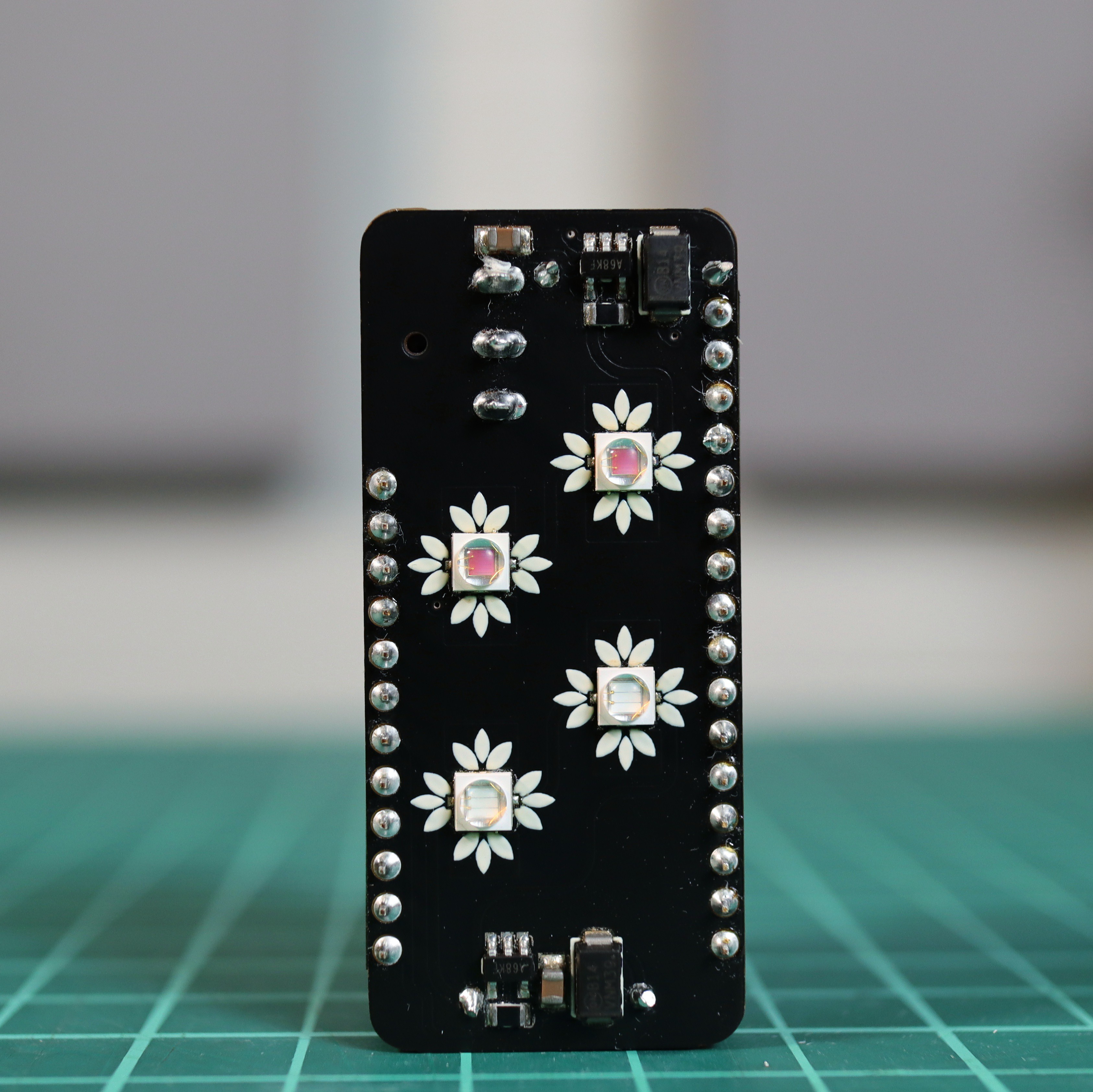
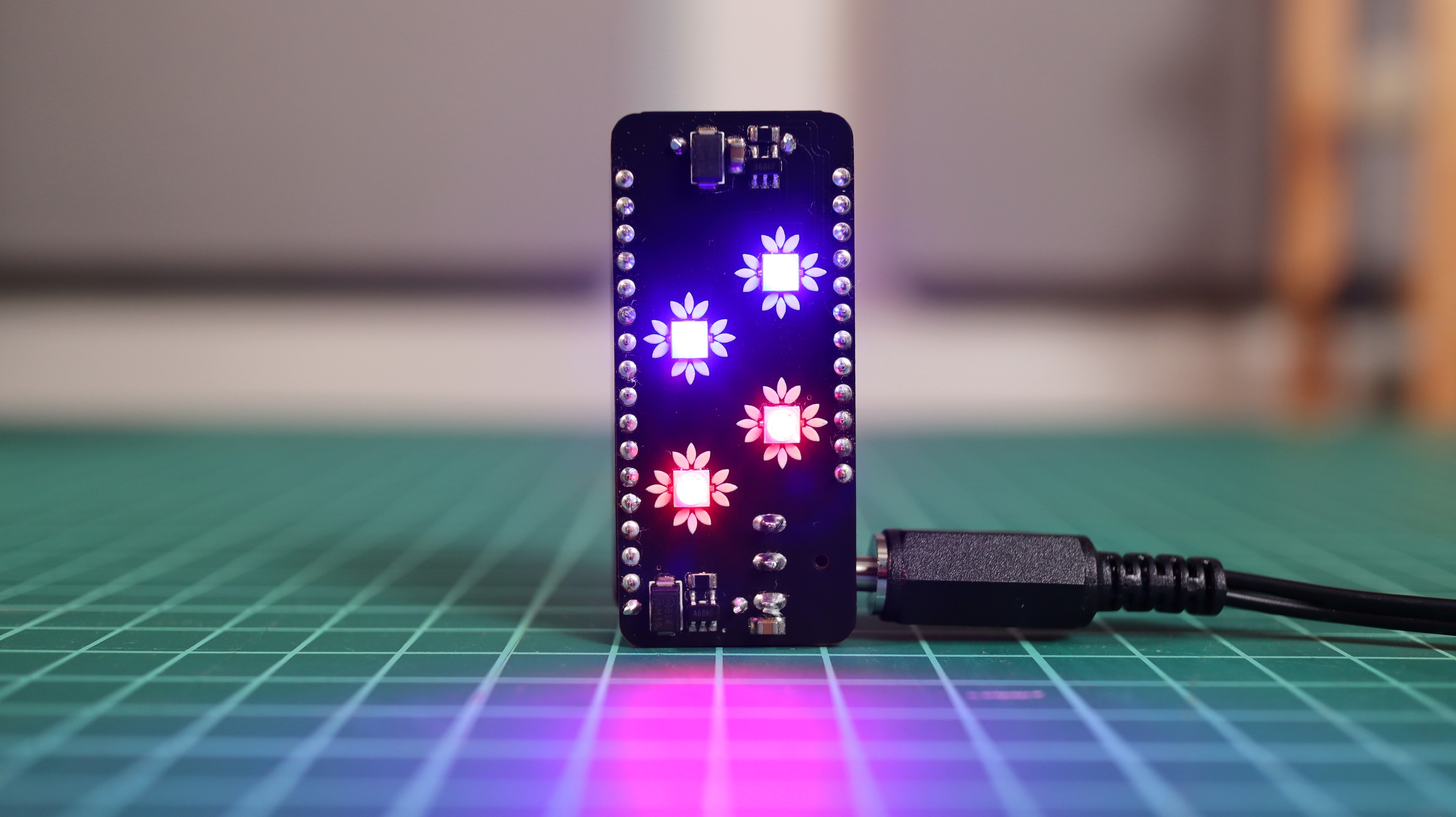

 bobricius
bobricius
 Lisa Taylor
Lisa Taylor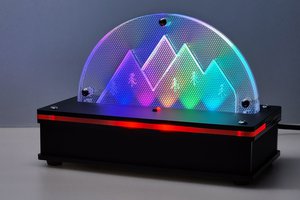
 Stanislas Bertrand
Stanislas Bertrand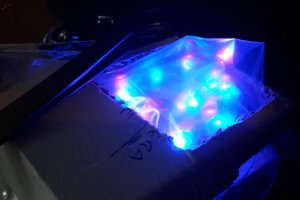
 James Cannan
James Cannan